Growing Geriatric Population
The increasing geriatric population in India is a crucial driver for the neurorehabilitation devices market. As the elderly population continues to grow, the incidence of age-related neurological disorders is also rising. It is estimated that by 2030, the number of individuals aged 60 and above will reach 340 million in India, leading to a higher demand for rehabilitation services. This demographic shift necessitates the development of specialized neurorehabilitation devices tailored to the needs of older adults. Consequently, the market is expected to expand, with a projected growth rate of around 18% over the next five years, as healthcare providers seek to address the unique challenges faced by this population.
Government Support and Funding
Government initiatives aimed at improving healthcare infrastructure are significantly impacting the neurorehabilitation devices market. The Indian government has launched various programs to enhance access to rehabilitation services, including financial support for the development and distribution of advanced rehabilitation devices. For instance, the National Health Mission has allocated substantial funds to improve neurological care across the country. This support is likely to stimulate market growth, as manufacturers are encouraged to innovate and expand their product offerings. The neurorehabilitation devices market could see an increase in investment, potentially reaching $500 million by 2026, as public and private sectors collaborate to enhance rehabilitation services.
Increased Focus on Patient-Centric Care
There is a notable shift towards patient-centric care in the healthcare sector, which is influencing the neurorehabilitation devices market. Healthcare providers are increasingly prioritizing personalized treatment plans that cater to individual patient needs. This trend is driving the demand for devices that offer customizable rehabilitation solutions, allowing for tailored therapy based on specific conditions and recovery goals. As a result, manufacturers are investing in research and development to create innovative devices that enhance patient engagement and satisfaction. The neurorehabilitation devices market is likely to benefit from this focus on patient-centric approaches, with an anticipated growth of approximately 17% by 2026, as stakeholders recognize the importance of individualized care.
Technological Innovations in Rehabilitation
Technological advancements in rehabilitation devices are transforming the neurorehabilitation devices market in India. Innovations such as robotic-assisted therapy, virtual reality, and brain-computer interfaces are enhancing the effectiveness of rehabilitation programs. These technologies not only improve patient engagement but also provide real-time feedback to therapists, optimizing treatment plans. The integration of artificial intelligence in these devices is also gaining traction, allowing for personalized rehabilitation experiences. As a result, the market is witnessing a surge in demand for these advanced devices, with projections indicating a market growth of approximately 20% by 2027. This trend underscores the importance of continuous innovation in meeting the diverse needs of patients.
Increasing Incidence of Neurological Disorders
The rising prevalence of neurological disorders in India is a primary driver for the neurorehabilitation devices market. Conditions such as stroke, traumatic brain injury, and multiple sclerosis are becoming more common, leading to a greater demand for effective rehabilitation solutions. According to recent estimates, approximately 1.5 million people in India suffer from strokes annually, necessitating advanced rehabilitation technologies. This growing patient population is likely to propel the market forward, as healthcare providers seek innovative devices to enhance recovery outcomes. The neurorehabilitation devices market is expected to expand significantly, with a projected CAGR of around 15% over the next five years, driven by the urgent need for effective rehabilitation solutions for these patients.


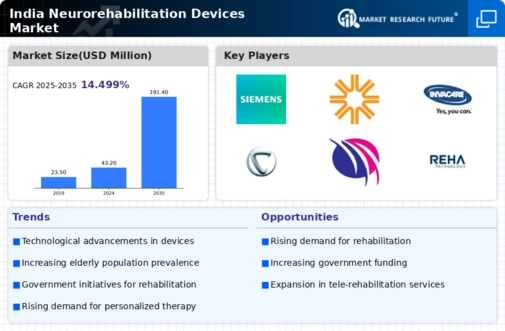
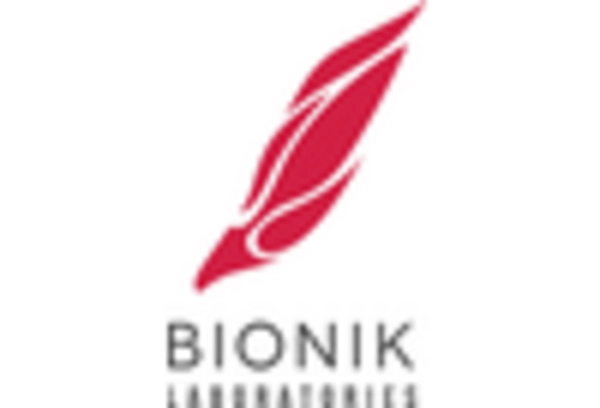
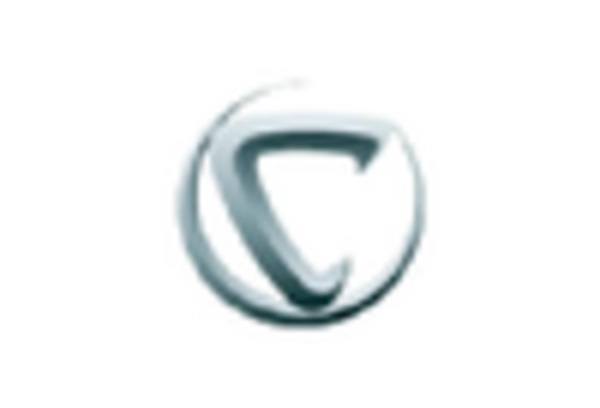
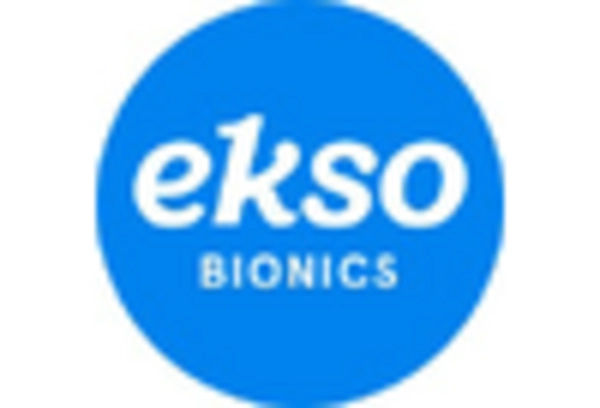
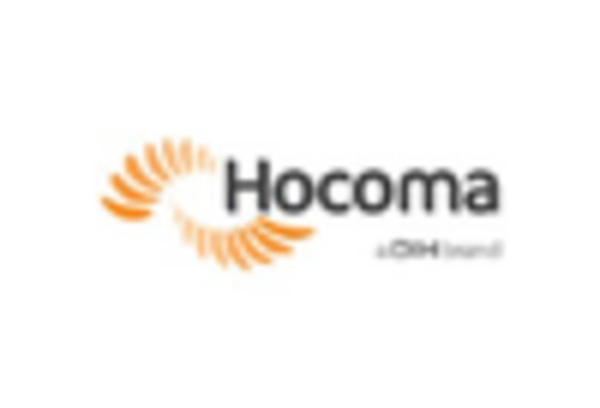

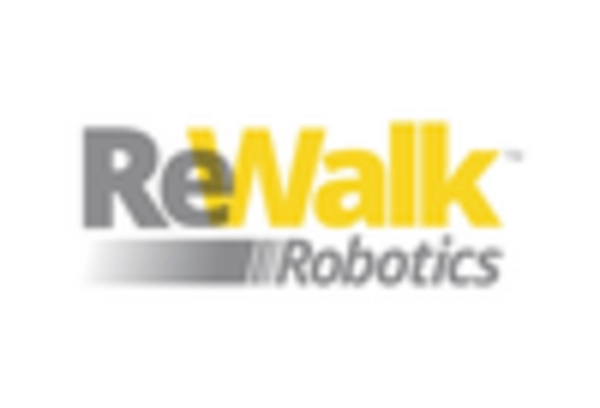








Leave a Comment